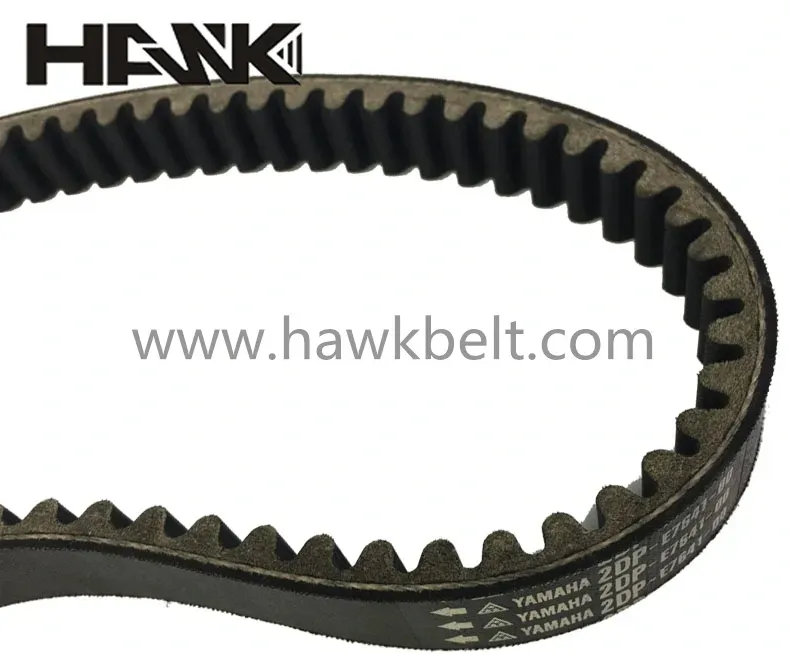- Arabic
- French
- Russian
- Spanish
- Portuguese
- Turkish
- Armenian
- English
- Albanian
- Amharic
- Azerbaijani
- Basque
- Belarusian
- Bengali
- Bosnian
- Bulgarian
- Catalan
- Cebuano
- Corsican
- Croatian
- Czech
- Danish
- Dutch
- Afrikaans
- Esperanto
- Estonian
- Finnish
- Frisian
- Galician
- Georgian
- German
- Greek
- Gujarati
- Haitian Creole
- hausa
- hawaiian
- Hebrew
- Hindi
- Miao
- Hungarian
- Icelandic
- igbo
- Indonesian
- irish
- Italian
- Japanese
- Javanese
- Kannada
- kazakh
- Khmer
- Rwandese
- Korean
- Kurdish
- Kyrgyz
- Lao
- Latin
- Latvian
- Lithuanian
- Luxembourgish
- Macedonian
- Malgashi
- Malay
- Malayalam
- Maltese
- Maori
- Marathi
- Mongolian
- Myanmar
- Nepali
- Norwegian
- Norwegian
- Occitan
- Pashto
- Persian
- Polish
- Punjabi
- Romanian
- Samoan
- Scottish Gaelic
- Serbian
- Sesotho
- Shona
- Sindhi
- Sinhala
- Slovak
- Slovenian
- Somali
- Sundanese
- Swahili
- Swedish
- Tagalog
- Tajik
- Tamil
- Tatar
- Telugu
- Thai
- Turkmen
- Ukrainian
- Urdu
- Uighur
- Uzbek
- Vietnamese
- Welsh
- Bantu
- Yiddish
- Yoruba
- Zulu
ডিসে. . 09, 2024 16:27 Back to list
High-Performance V-Belts for Optimal Power Transmission and Efficiency
Understanding PK V-Belts A Comprehensive Guide
V-belts are essential components in various mechanical applications, often used to transmit power between pulleys. Among the many styles of V-belts available in the market, PK V-belts have gained significant popularity due to their unique design and efficiency. This article delves into the characteristics, applications, and benefits of PK V-belts, offering insights into why they are a preferred choice for both industrial and domestic use.
What is a PK V-Belt?
PK V-belts are a specific type of V-belt characterized by their narrow design compared to traditional V-belts. The PK designation refers to a series of belts that are specifically manufactured to deliver high performance in limited space environments. These belts are manufactured with precision and are designed to fit various pulley sizes, ensuring optimal power transmission.
Key Features and Advantages
1. Space Efficiency One of the primary benefits of PK V-belts is their compact size. Their narrow profile allows for the use of smaller sheaves, making them ideal for applications where space is a constraint.
2. High Power Transmission Despite their size, PK V-belts are engineered to handle significant horsepower loads. This capacity means they are suitable for a broad range of applications, from small machinery to larger industrial equipment.
3. Durability PK V-belts are typically made from high-quality rubber compounds and reinforced with polyester fibers. This combination enhances their resistance to wear, heat, and environmental conditions, ensuring longevity and reliability.
4. Versatility These belts can be found in various applications, including automotive engines, agricultural machinery, HVAC systems, and conveyor systems. Their versatility makes them a go-to choice for engineers and equipment manufacturers.
5. Reduced Slip and Noise The design of PK V-belts minimizes slippage and vibration. This reduction leads to quieter operation and improved efficiency, essential factors in both industrial environments and domestic appliances.
Applications of PK V-Belts
pk belt v-belt

PK V-belts are used across numerous industries. In the automotive sector, they play a crucial role in the power transmission systems of vehicles, driving components such as alternators and air conditioning units. In agriculture, they are employed in tractors and other machinery for effective drive operations.
Additionally, in the manufacturing sector, PK V-belts are used in conveyor systems and other machinery where reliable power transmission is essential. The HVAC industry also utilizes these belts in compressors and blowers, benefiting from their durability and efficiency.
Maintenance and Best Practices
To ensure the longevity of PK V-belts, regular maintenance is crucial. Here are a few best practices
1. Alignment Check Ensure that pulleys are aligned correctly. Misalignment can lead to increased wear and premature failure of the belt.
2. Proper Tensioning PK V-belts require the correct amount of tension to operate efficiently. Too tight or loose tension can cause slippage or accelerated wear.
3. Regular Inspection Keep an eye out for signs of wear, such as fraying or cracking. Regular inspections can help identify issues before they lead to equipment failure.
4. Cleanliness Ensure that the belts and pulleys are free from dust, oil, and other contaminants. Contaminants can reduce the effectiveness of the belt and lead to operational issues.
Conclusion
PK V-belts represent a remarkable combination of engineering and practicality, providing effective solutions for power transmission in a myriad of applications. Their lightweight, compact design, coupled with high durability and efficiency, makes them a highly recommended choice for anyone looking to optimize their machinery. By understanding the benefits and maintenance requirements of PK V-belts, users can ensure the longevity and reliability of their systems, maximizing performance while minimizing downtime. Whether in a professional setting or at home, investing in quality PK V-belts can lead to significant efficiency gains and operational success.
-
Korean Auto Parts Timing Belt 24312-37500 For Hyundai/Kia
NewsMar.07,2025
-
7PK2300 90916-T2024 RIBBED BELT POLY V BELT PK BELT
NewsMar.07,2025
-
Chinese Auto Belt Factory 310-2M-22 For BMW/Mercedes-Benz
NewsMar.07,2025
-
Chinese Auto Belt Factory 310-2M-22 For BMW/Mercedes-Benz
NewsMar.07,2025
-
90916-02660 PK Belt 6PK1680 For Toyota
NewsMar.07,2025
-
drive belt serpentine belt
NewsMar.07,2025

